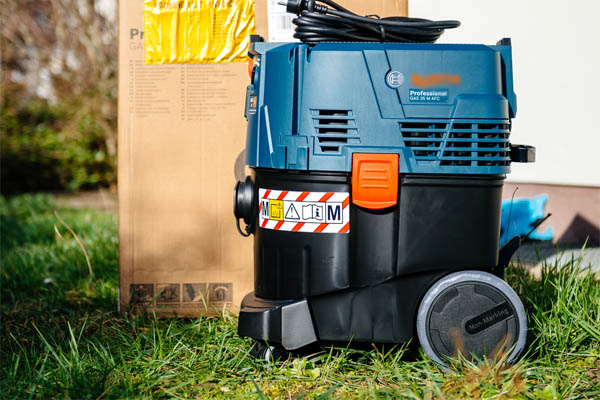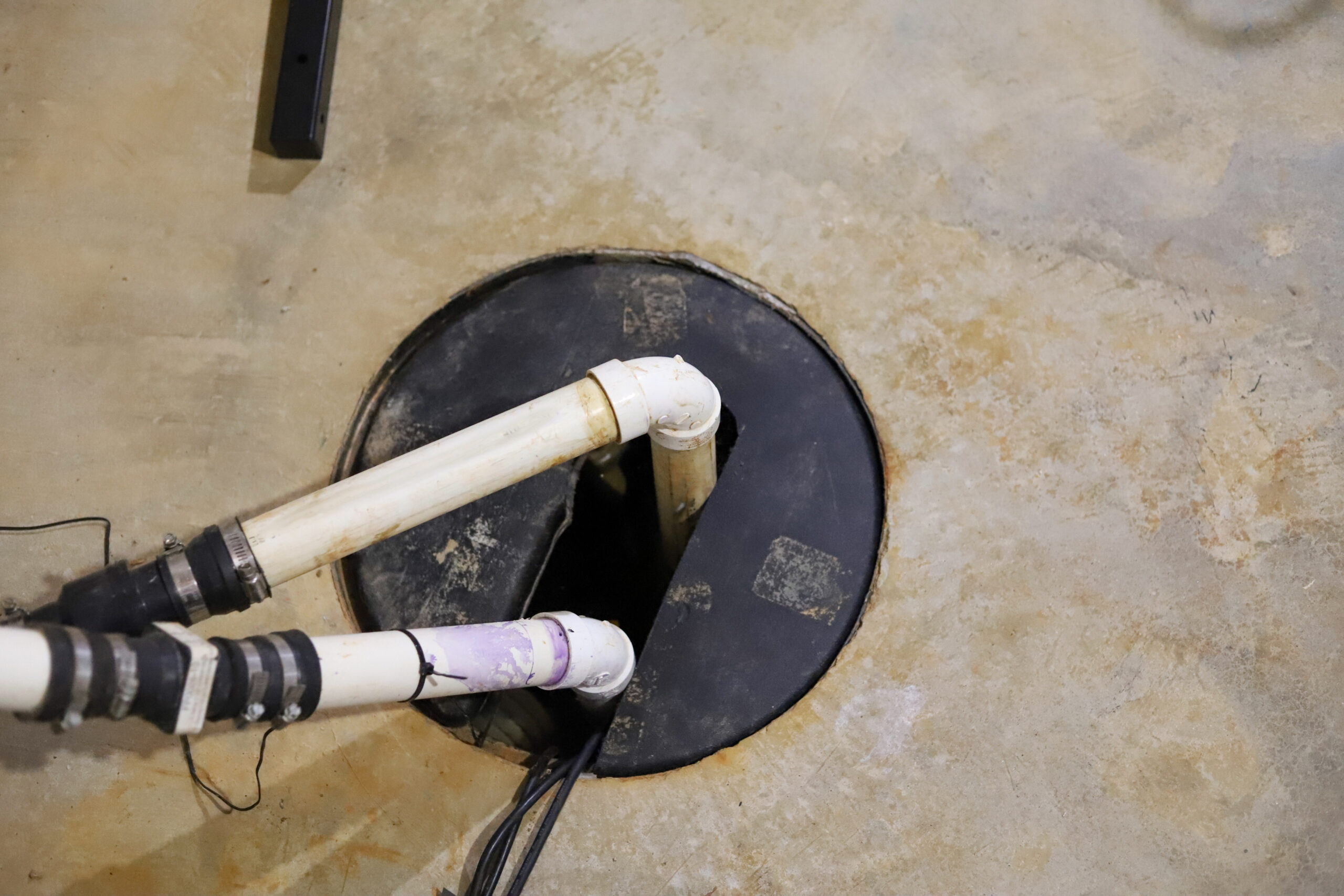Rapid Steps to Caring for Your Sump Pump
Rapid Steps to Caring for Your Sump Pump
Blog Article
We've stumbled upon this post involving Keep Your Sump Pump Clean, It'll Keep You Dry listed below on the net and felt it made perfect sense to discuss it with you on this page.

Sump pumps are crucial components in several homes, particularly in locations susceptible to flooding or extreme moisture. They help stop water damages by successfully eliminating excess water from basements or crawl spaces. Nonetheless, like any other home appliance, sump pumps call for regular maintenance to guarantee they function successfully when required the most. Cleansing your sump pump is a vital part of its upkeep, and comprehending how to do it effectively can conserve you from costly repair services and prospective disasters.
Introduction
Keeping a tidy sump pump is vital for its proper functioning and durability. Neglecting this vital job can result in clogs, malfunctions, and inevitably, water damages to your residential or commercial property. Consequently, discovering how to cleanse a sump pump is crucial for homeowners that count on these tools to keep their cellars completely dry and protected.
Understanding the Sump Pump
Prior to diving right into the cleaning procedure, it's essential to have a standard understanding of exactly how a sump pump works. Generally installed in a pit or container listed below the basement flooring, a sump pump includes numerous crucial components, consisting of a pump, a float button, and a discharge pipeline. When water accumulates in the pit, the float switch triggers the pump, which after that pumps the water out with the discharge pipeline, far from the structure's foundation.
Signs of a Dirty Sump Pump
Knowing when your sump pump requires cleaning is crucial for stopping prospective malfunctions. Some common indications that suggest a dirty sump pump consist of strange sounds during procedure, decreased water flow, and visible debris in the pit. If you observe any of these signs and symptoms, it's vital to cleanse your sump pump immediately to prevent any kind of further problems.
Getting ready for Cleaning
Prior to you begin cleansing your sump pump, it's essential to take some safety and security precautions. Begin by shutting off the power to the pump to prevent any kind of electric mishaps. Furthermore, use ideal protective gear, such as handwear covers and safety glasses, to shield on your own from dirt, debris, and possible microorganisms.
Step-by-step Guide to Cleaning Up a Sump Pump
Shutting Off the Power
Begin by disconnecting the power supply to the sump pump to avoid any crashes while cleansing.
Getting Rid Of Particles and Dirt
Make use of a bucket or an inside story to remove any type of visible particles, dust, or debris from the sump pit. Dispose of the debris properly to stop it from blocking the pump or the discharge pipe.
Cleaning the Pump and Float Switch
Once the pit is free from debris, very carefully eliminate the pump from the pit. Examine the pump and the float switch for any kind of indications of damage or wear. Make use of a soft brush or towel to clean the surfaces and get rid of any accumulated crud.
Flushing the System
After cleaning the pump and float switch, flush the sump pit with clean water to get rid of any remaining dust or sediment. This will certainly help ensure that the pump runs smoothly and successfully.
Looking For Appropriate Functioning
Before re-installing the pump, do a quick test to make sure that the float button triggers the pump appropriately. Pour some water right into the sump pit and observe the pump's procedure. If every little thing is working correctly, you can reconstruct the pump and reconnect the power supply.
Maintenance Tips to Keep Your Sump Pump Clean
In addition to periodic cleansing, there are a number of upkeep tips you can comply with to maintain your sump pump in optimal problem:
Conclusion
Cleansing your sump pump is an important facet of its maintenance and ensures that it operates successfully when you require it one of the most. By adhering to the actions described in this overview and integrating regular maintenance into your routine, you can prolong the lifespan of your sump pump and protect your home from water damages.
6 STEPS ON HOW TO CLEAN A SUMP PUMP PROPERLY
UNDERSTANDING SUMP PUMPS
Your sump pump plays a crucial role in protecting your home by managing and removing excess water. It primarily functions as a “shield”, guarding your basement against the damaging effects of water accumulation. The pump is housed in a sump pit in the lowest part of your basement, and its job is to pump out any water that collects there.
During heavy rainfalls or when snow melts rapidly, water can infiltrate your basement, posing potential risks like flooding, structural damage, and harmful mold growth. Here, the sump pump springs into action, pumping out the intruding water and directing it away from your home.
SAFETY FIRST
Before cleaning, remember to prioritize safety. Disconnect the sump pump from the power source to prevent any accidental electric shocks. Also, wear sturdy gloves to protect your hands from any sharp or dirty components within the pump.
REMOVE THE SUMP PUMP
After ensuring your safety, the next step is to remove the sump pump from its pit. Doing this might require careful maneuvering as you don’t want to damage any pump components. Once removed, clean the sump pit to remove any accumulated debris or sludge.
INSPECT THE PUMP
Inspect the pump for any visible signs of wear or damage. Check the power cord, float switch, and impeller housing. If any components look worn out or damaged, consider replacing them to ensure optimal performance.
CLEAN THE PUMP
Thoroughly clean the pump with warm, soapy water. Make sure to rid it of any dirt, gravel, or other debris that might impede its performance. You can use a toothbrush to clean the small, hard-to-reach parts of the pump.
REINSTALL THE SUMP PUMP
Reinstall the pump into the sump pit Make sure it’s positioned correctly to remove the water effectively Once it’s back in place, reconnect it to the power source TEST THE PUMP
Finally, pour some water into the pit to ensure the pump works correctly. It should start automatically and begin pumping out the water; if it doesn’t, check the power source and the positioning of the pump.
Remember, while cleaning your sump pump is an essential part of home maintenance, hiring a professional plumber for a thorough inspection and cleaning at least once a year is also important. This will ensure that your pump is in optimal condition, ready to protect your home from potential water damage.
BEST PRACTICES FOR CLEANING SUMP PUMP DISCHARGE PIPES
Regular Inspection: Regularly inspect your discharge pipes, especially during heavy rainfall or snowmelt periods. Look for any signs of blockage or damage. Early detection of problems can prevent serious issues down the line. Periodic Cleaning: Over time, sediment and debris can accumulate in the discharge pipes, impeding the flow of water. Regular cleaning helps keep the pipes clear and functioning efficiently. You can use a high-pressure water jet to effectively clean the pipes. Insulation During Winter: In colder climates, discharge pipes can freeze, blocking the outflow of water. Protect your discharge pipes from freezing temperatures by insulating them with foam pipe insulation. This will ensure the sump pump can continue to discharge water even in freezing conditions. Proper Positioning: The discharge pipe should be positioned to direct water away from your home’s foundation. Improper positioning can lead to water seeping back into the basement. Ensure the pipe is long enough and angled correctly. Installation of a Check Valve: A check valve prevents water from flowing back into your sump pit after the pump has pushed it out. Installing a check valve helps maintain the efficiency of your sump pump and reduces the risk of flooding. Minimize Pipe Turns: Every curve or turn in the discharge pipe can decrease the efficiency of water flow. By minimizing turns and bends in your discharge pipe, you can increase the efficiency of your sump pump. https://www.fullspeedplumbing.com/how-to-clean-a-sump-pump-properly9999/

I stumbled upon that post about How to Care for Your Sump Pump while surfing around the search engines. Sharing is nice. Helping others is fun. Thanks so much for your time spent reading it.
Maintenance Sign-Up Report this page